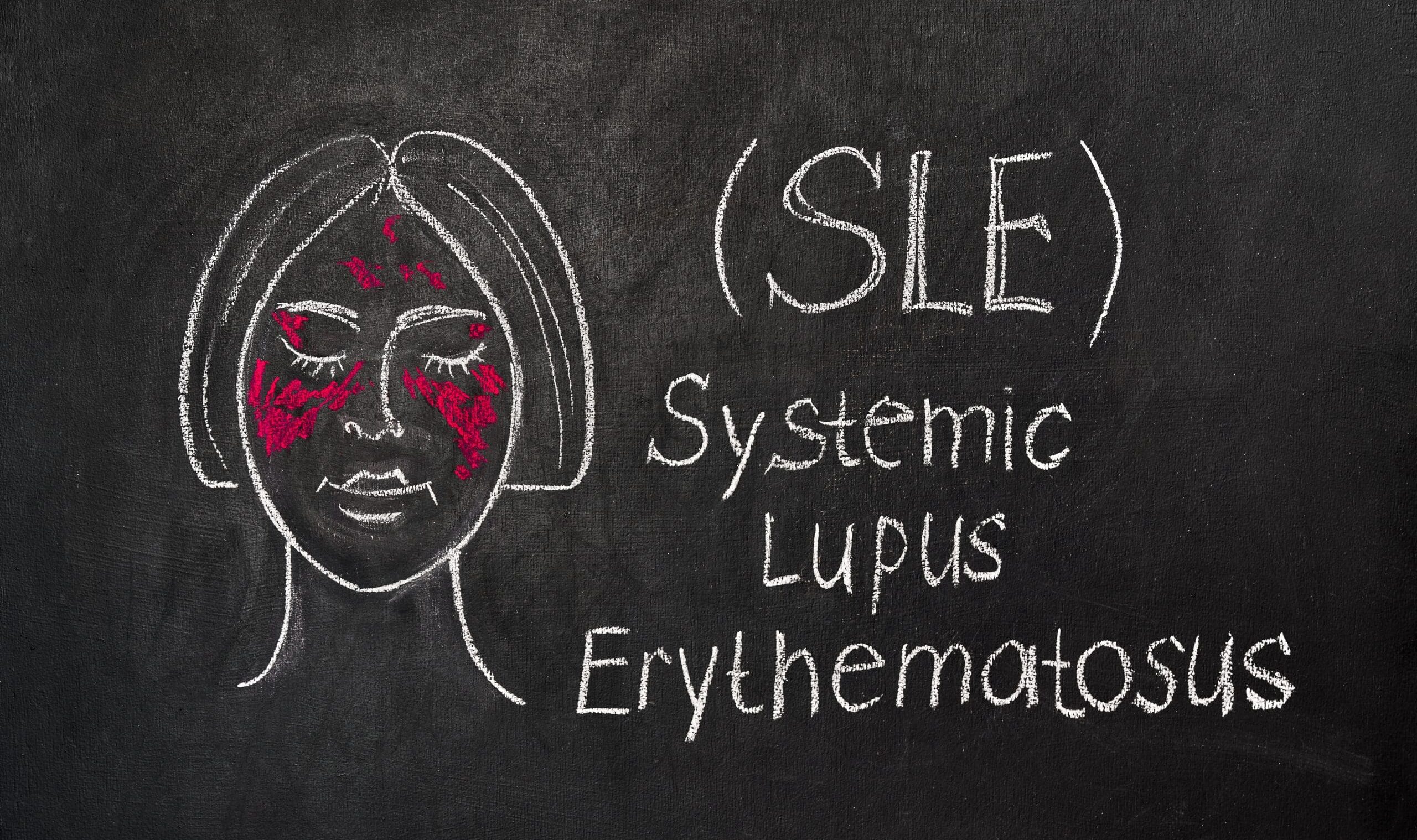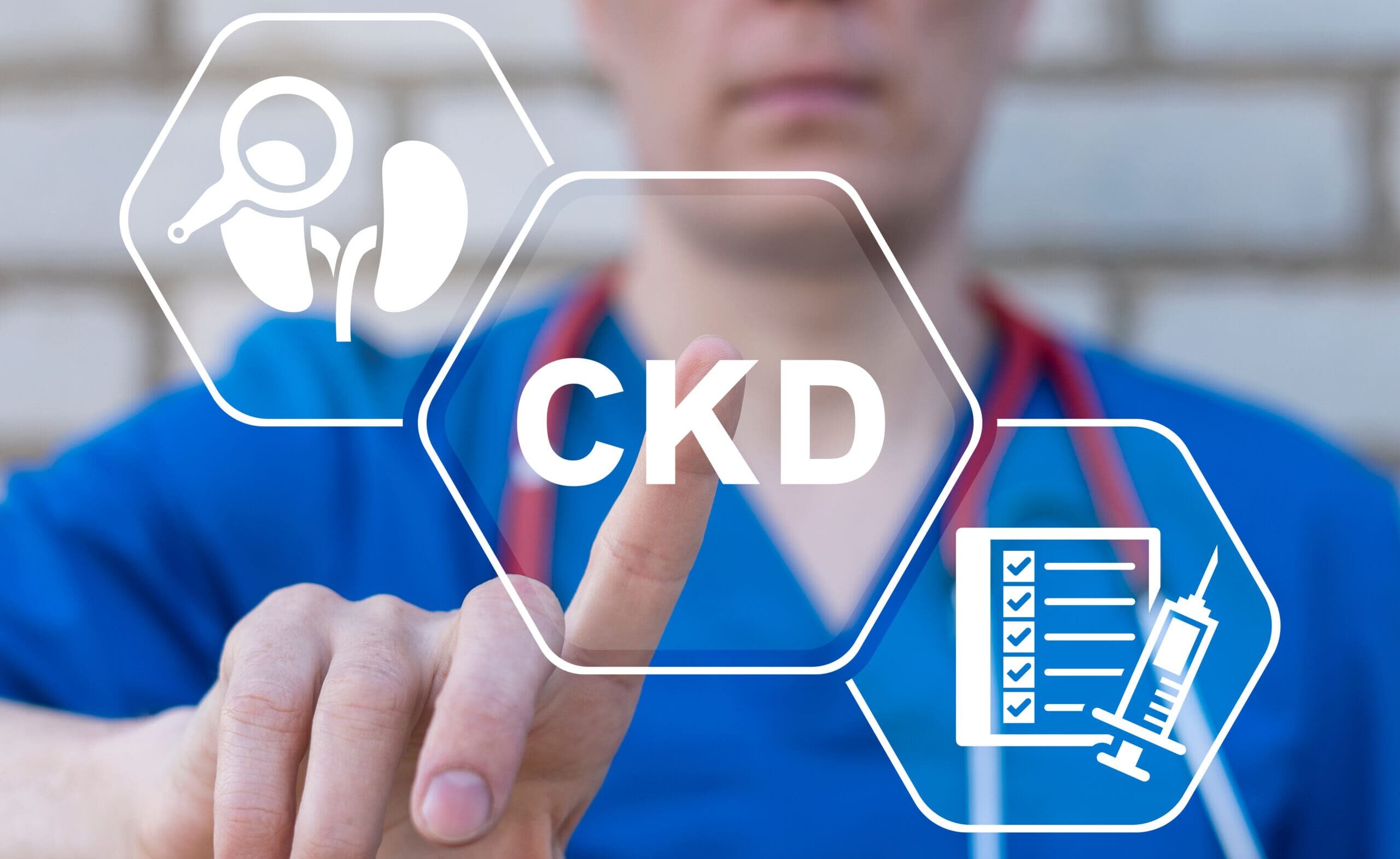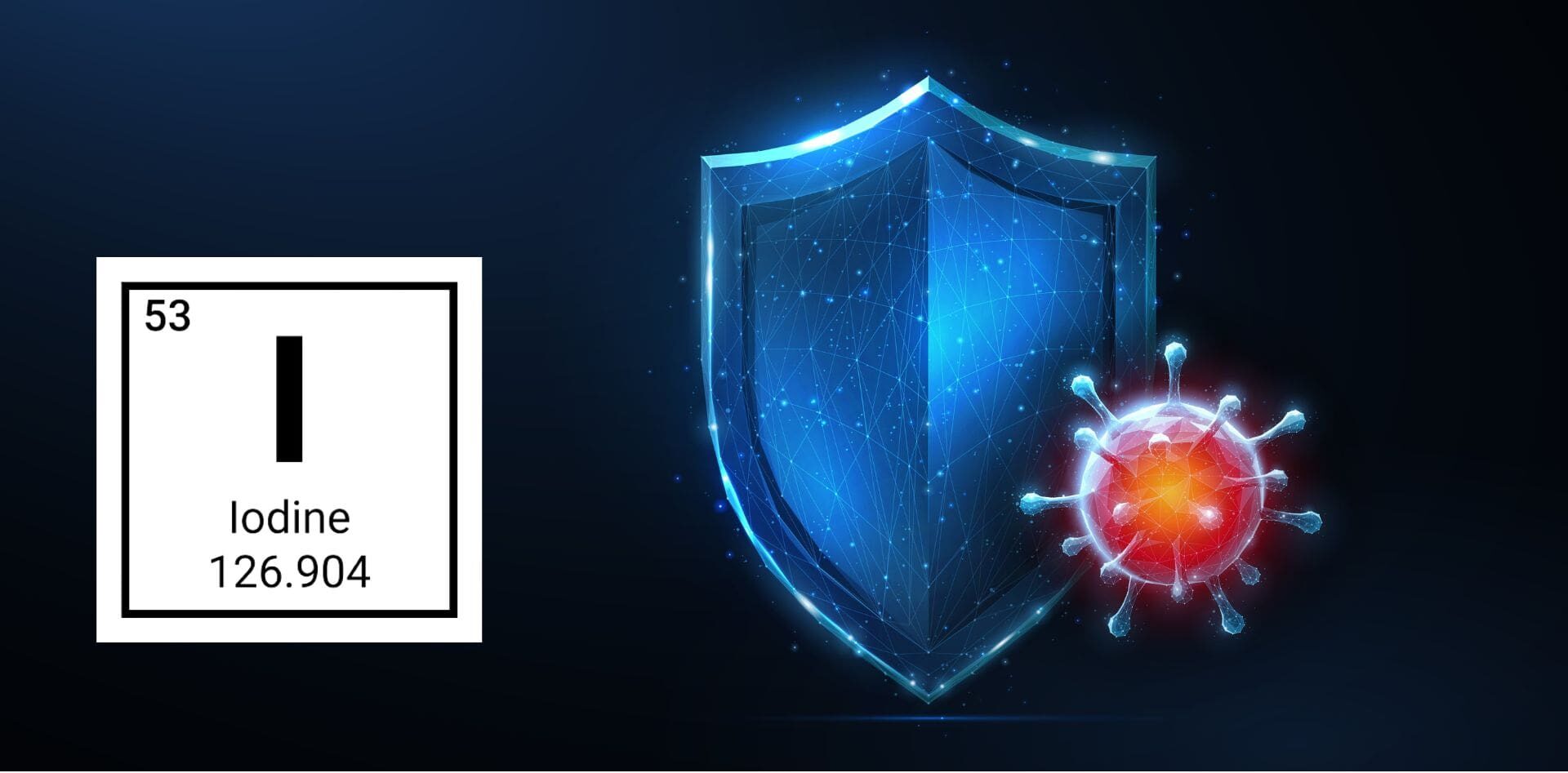The liver is the major fat burning organ in the body and regulates fat metabolism by a complicated set of biochemical pathways. The liver can also pump excessive fat out of the body through the bile into the small intestines. If the diet is high in fibre, this unwanted fat will be carried out of the body via the bowel actions. Thus the liver is a remarkable machine for keeping weight under control, being both a fat burning organ and a fat pumping organ.
If the diet is low in fibre, some of the fats (especially cholesterol) and toxins that have been pumped by the liver into the gut through the bile will recirculate back to the liver. This occurs via the entero-hepatic circulation. The term entero-hepatic circulation describes the recirculation of fluids (consisting mainly of bile acids) from the gut back to the liver. The entero-hepatic circulation is very large, with approximately 95% of the bile acids being reabsorbed from the last section of the small intestine (ileum), into the portal vein to be carried back to the liver. The liver re-circulates these bile acids back into the small intestines and the entire bile pool recycles through the entero-hepatic circulation six to eight times a day. If this recirculated fluid is high in fat and/or toxins, this will contribute to excessive weight.
A high fibre diet will reduce the recirculation of fat and toxins from the gut back to the liver. This is vitally important for those with excessive weight, toxicity problems and high cholesterol. The inclusion of plenty of raw fruits and vegetables as well as ground-up raw seeds will increase both soluble and insoluble fibre in the gut, and reduce recirculation of unwanted fat and toxins.
Some people find that rice or wheatbran, psyllium husks and unprocessed homemade muesli can boost fibre efficiently. If the liver filter is damaged by toxins or clogged up (blocked) with excessive waste material, it will be less able to remove small fat globules (chylomicrons) circulating in the bloodstream. This will cause excessive fat to build up in the blood vessel walls. This fat may then gradually build up in many other parts of the body, including other organs, and in fatty deposits under the skin. Thus you may develop cellulite in the buttocks, thighs, arms and abdominal wall.
If the liver is dysfunctional, it will not manufacture adequate amounts of the good cholesterol (HDL), which travels out of the liver to scavenge the unhealthy cholesterol (LDL) from the blood vessel walls.
If the liver filter is healthy, it allows dietary cholesterol to be shunted into the liver for metabolism or excretion through the bile. A healthy liver filter is essential to properly regulate blood cholesterol levels.
Poor liver function may increase your chances of cardiovascular diseases such as atherosclerosis, high blood pressure, heart attacks and strokes.
If the liver does not regulate fat metabolism efficiently, weight gain tends to occur around the abdominal area and a protuberant abdomen (pot belly) will develop. This is not good for the waistline! Another sign can be a roll of fat around the upper abdomen, which is often referred to as the “liver roll.” This is often a sign of a fatty liver. It can be almost impossible to lose this abdominal fat until the liver function is improved. Once this is done the liver will start burning fat efficiently again and the weight comes off gradually and without too much effort from you.
It is not necessary to make yourself miserable by following a low fat, low calorie diet. What is effective in the longterm is to eat the correct foods and nutrients for the liver to improve its fat burning function.
Many middle-aged people with excess fat in the abdominal area have a “fatty liver”. In this condition, the liver has stopped burning fat and has turned into a fat storing organ. It becomes enlarged and swollen with greasy deposits of fatty tissue. Those with a fatty liver will not be able to lose weight unless they first improve liver function with a diet specifically designed to reverse a fatty liver, and a good liver tonic. If you have a fatty liver it is vital to be patient, as it can take between 3 and 12 months, depending upon the amount of fat deposited in the liver, to remove the excess fat from the liver. After this accumulated liver fat has been removed, weight loss will occur easily.
If you have a very severe case of fatty liver it can take several years to lose all of the excessive weight. However, this is very successful in the long term and provides the best chance of restoring your figure and your health.
Fatty liver is common and doctors often tell their patients with this problem not to worry too much because it is not serious. We disagree with this, because if you have a fatty liver, your chances of high cholesterol, cardiovascular disease and type 2 diabetes are significantly higher. Unfortunately, it is not uncommon to find a fatty liver in adolescents who consume a diet high in processed foods and energy/soft drinks.
If you overload the liver with the wrong type of hormone replacement therapy, drugs or toxins, the liver’s biochemical pathways will have less energy reserves left over to perform their function of fat metabolism. Thus these things can lead to weight gain. For menopausal women with a weight problem, the best type of hormone replacement therapy is that which bypasses the liver, namely hormone patches, creams or buccal lozenges (troches).
Recommended books
Fatty Liver – you can reverse it
I can’t lose weight and I don’t know why
Raw Juices Can Save Your Life
The Liver Cleansing Diet









Leave A Comment